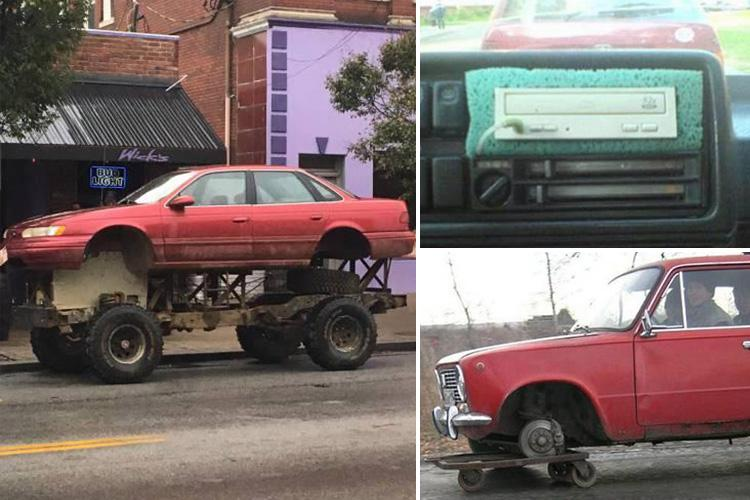The Worst Car Repairs You Should Never Ignore

When it comes to car repair, certain fixes must never be overlooked; failing to do so could cost you dearly over time.
Charlotte-Concord-Gastonia fared relatively well on this list, boasting an acceptable average repair invoice and good road quality; however, it still lags behind the national average in both aspects.
1. Brake Pad Replacement
Brake pads are essential in stopping your car, yet over time they wear down and need replacing. If left in place too long they will eventually come into contact with rotors (and potentially damage them).
Not to worry! Most brake systems include sensors that notify drivers when it is time for new pads. Most often, an irritating screech indicates this fact.
2. Battery Replacement
Substituting a car battery can be one of the more costly repairs to make, yet necessary parts of car maintenance. A new battery can help avoid being left stranded without being able to start your car; always make use of protective battery terminal clamps or hold-down bars when changing it as well as safety goggles and insulated work gloves as this prevents an electrical circuit being created by disconnecting negative cable before connecting positive.
3. Transmission Replacement
Your car, the mileage on it and its severity all influence whether or not repairing is the better option. Repairing is cheaper than replacement but requires an expert mechanic with specific tools for repair to do the job right.
Before reassembling the transmission, a mechanic must clean all parts and inspect them for damage, which can take an extensive amount of time and may necessitate additional repairs.
4. Fuel Pump Replacement
An inadequate fuel pump may fail to create sufficient pressure within a vehicle’s fuel system, resulting in reduced power or even prevent it from starting up at all. High-pitched whines or squeals while driving can be signs that your pump has broken down.
This task requires a safe workspace and specific tools, and involves draining fuel out of its tank before lowering it and disconnecting all lines and connections points.
5. Oil Change
An engine of any vehicle consists of numerous moving parts that rub against each other, creating friction that heats up the engine and can lead to serious internal damage if left without oil. To protect against such serious internal damages and to keep it running efficiently for years ahead, regular oil changes for your Charlotte Toyota vehicle is key.
Leaks in fluids such as gas, coolant or oil can have a dramatic effect on both performance and safety of your vehicle. If you notice leaks immediately get them repaired so they don’t worsen over time.
6. Coolant Replacement
Coolant plays an integral part in keeping engine temperatures at their ideal levels during extreme heat or cold, as well as protecting against corrosion over time. Furthermore, its antirusting properties may wane over time if left unused for too long.
Poorly maintained coolant can damage everything from the water pump and rubber hoses, aluminum engine components and rubber hoses, all the way through to rubber radiator hoses and radiator tank sealant. Before replacing, follow your owner’s manual’s recommendations by jacking up and supporting your vehicle on jack stands; placing a pan or bucket underneath radiator drain; and taking steps such as opening pressure cap or filler neck in order to drain properly.
7. Tire Replacement
Tires are one of the most essential components of a vehicle. Without them, driving would be much harder. If your tires become damaged beyond repair or unusable due to sidewall bubbles, punctures, cuts or any other condition rendering them unusable – delaying routine maintenance could result in major internal damages such as engine seizure.
8. Fuel Filter Replacement
Clogged fuel filters deprive your engine of the essential gasoline it requires to function, potentially leading to costly engine issues and repair bills. Luckily, though, this repair solution is relatively affordable.
Due to gasoline being highly flammable, it’s essential that when performing DIY repairs you take all necessary precautions for safety. Put a pan beneath the filter in order to catch any spillage of fuel and set the parking brake before beginning work on this repair.
9. Battery Replacement
Car batteries contain acid that can corrode your skin and eyewear, so when replacing one it’s vital that you wear gloves and protective eyewear as well as having tools such as wrenches and ratchets at hand for loosening restraint bars or restraints that keep the battery in its place. Always disconnect the negative terminal first to prevent an electrical short.
Most cars keep the battery located under the hood; however, newer models may keep theirs stored in the trunk. Positive and negative terminals of battery cables should be labeled with + and – signs.








